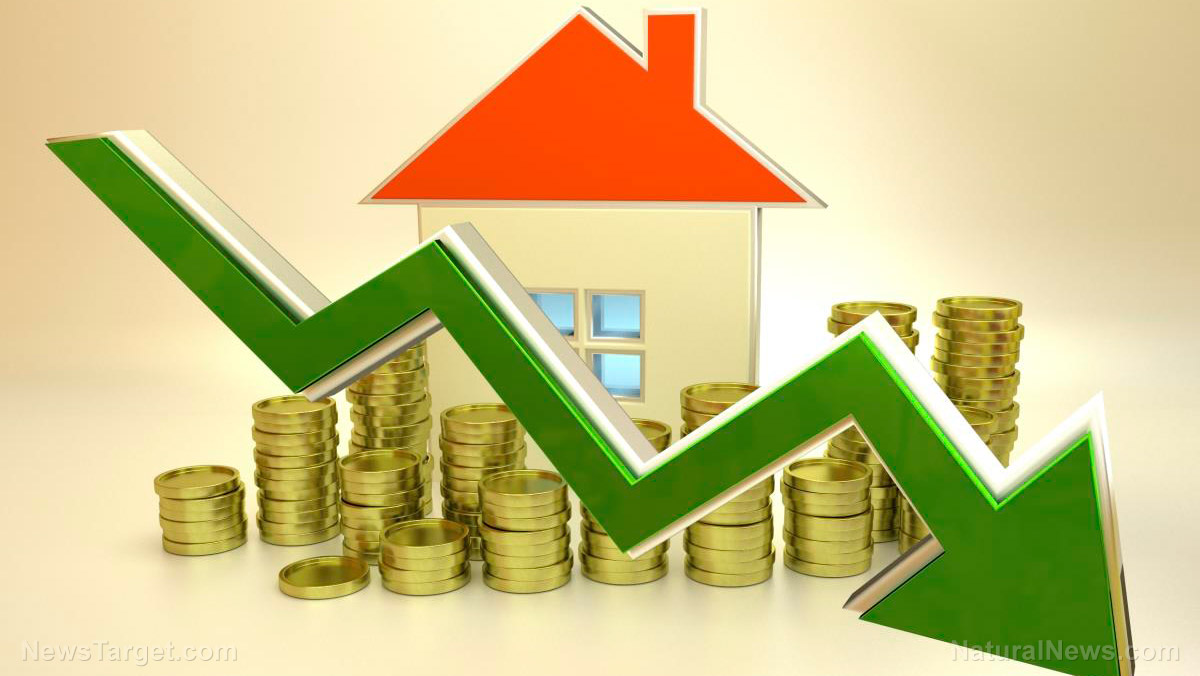
In May, sales of existing homes declined by 3.4 percent compared to April after the median price of an existing home exceeded $400,000 for the first time.
The latest data from the NAR shows sales for June declined once again to a seasonally adjusted annualized rate of 5.12 million existing homes, which includes single-family homes, townhomes, condominiums and co-op housing units. Sales dropped by 14.2 percent year-over-year.
This is the slowest sales pace since June 2020, when sales dropped for a brief period due to the Wuhan coronavirus (COVID-19) pandemic lockdowns and restrictions placed on economic activity.
Economists did predict that existing home sales would decrease, but not by this much. They forecasted a decrease of just 0.6 percent.
The median existing-home price has risen to $416,000 in June, up by 1.9 percent from May's median of $408,400 and up 13.4 percent from June 2021.
"Falling house affordability continues to take a toll on potential home buyers," said NAR Chief Economist Lawrence Yun. "Both mortgage rates and home prices have risen too sharply in a short span of time."
Yun added that despite the rising prices, there are more homes on the market. Housing inventory at the end of June totaled 1.26 million units, up 9.6 percent from the 1.15 million available units at the end of May and up 2.4 percent from the 1.23 million available units in June 2021.
"Interestingly though, the record-low pace of days on market implies a fuzzier picture on home prices," said Yun. "Homes priced right are selling very quickly, but homes priced too high are deterring prospective buyers."
The NAR's report noted that properties remained on the market for an average of 14 days in June, down from 16 days in May and 17 days in June 2021.
"This is a head-scratching number, given slower sales," said Yun. "People are trying to take advantage of their interest rate lock. That may explain why the days on the market are so swift."
Housing market likely to continue declining in coming months
Economists predict sales to fall more sharply in the coming months, as the most recent indicators point to much weaker buying demand, including a drop in new mortgage applications and demand from homebuyers.
Yun noted that plunging affordability is clearly the main reason why fewer homes are being sold.
"We have never seen mortgage rates shoot up this fast at this magnitude," he said. "Even people who want to buy, they are priced out." (Related: 30-year fixed mortgages surge above 6% for the first time since 2008 as market reacts to Fed rate hikes.)
"Based on trends at this stage in the housing and business cycle, I expect affordability to be the bigger driver than availability moving forward," said Danielle Hale, chief economist for real estate listings website Realtor.com. "Already we see that affordable areas in the Northeast and Midwest top the Realtor.com June hottest housing markets, as home shoppers continue to leverage workplace flexibility in looking for ways to reduce their housing costs."
"American homebuyers might wait out this period of high inflation and rising interest rates, preferring to purchase when market conditions are more stable," said Adam Benjamin Shaw, deputy director of the London School of Economics' Global Economic Governance Commission. "They will be more likely to purchase homes once inflation has subsided."
Learn more about bursting economic bubbles at Bubble.news.
Watch this video from Jason Jaws as he talks about housing bubbles bursting worldwide.
This video is from the Bull Boom - Bear Bust channel on Brighteon.com.
More related stories:
Housing bubble burst? Home prices in Boise and other hot markets are plunging.
Fewer Americans are buying homes as worsening inflation takes toll.
Millions of Americans pushed out of the housing market as prices soar.
Here it comes: All signs point to Housing Bubble 2.0 amid widening price, income gap.
Sources include:
Please contact us for more information.





















